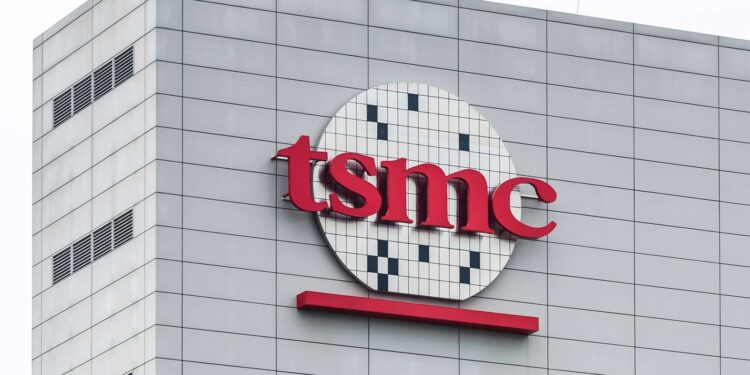Login to Continue Learning
The Taiwanese semiconductor giant began accepting orders for 2nm chipsets in April of this year and is expected to produce the first commercial 2nm chips next year. To support this transition, TSMC will use four facilities. The P1 facility in Kaohsiung is already producing at a rate of 10,000 wafers per month. Meanwhile, the P2 facility in Kaohsiung is currently installing equipment and is expected to reach its maximum capacity of 30,000 wafers per month within three to four months.
In Hsinchu, trial production at the P1 facility has been completed, with mass production set to begin shortly. The P2 site in Hsinchu is also preparing for mass production and will add to the total monthly output of between 30,000 and 35,000 wafers.
Despite these efforts, TSMC customers will still face significant costs due to the high price per unit ($30,000). To help reduce expenses, TSMC launched its ‘CyberShuttle’ service in April. This allows customers like Apple to evaluate their silicon on a single test wafer, thereby saving money.
However, Samsung’s upcoming Exynos 2600 chip could potentially lower the cost if Samsung can boost its production and yields of 2nm GAA SoCs. As of now, TSMC is not expected to offer any discounts, meaning customers will continue to pay a substantial amount for these advanced chips.
📚 Reading Comprehension Quiz
According to the passage, which facility in Kaohsiung is already producing at a rate of 10,000 wafers per month?
Please login or register to take the quiz and earn points!



















